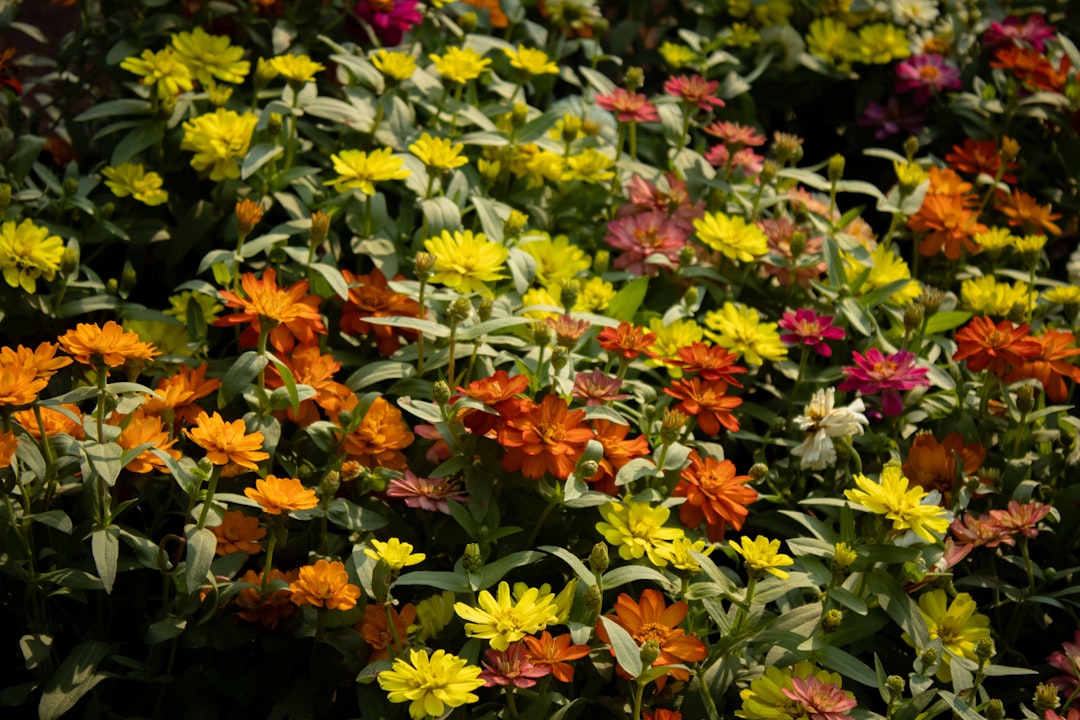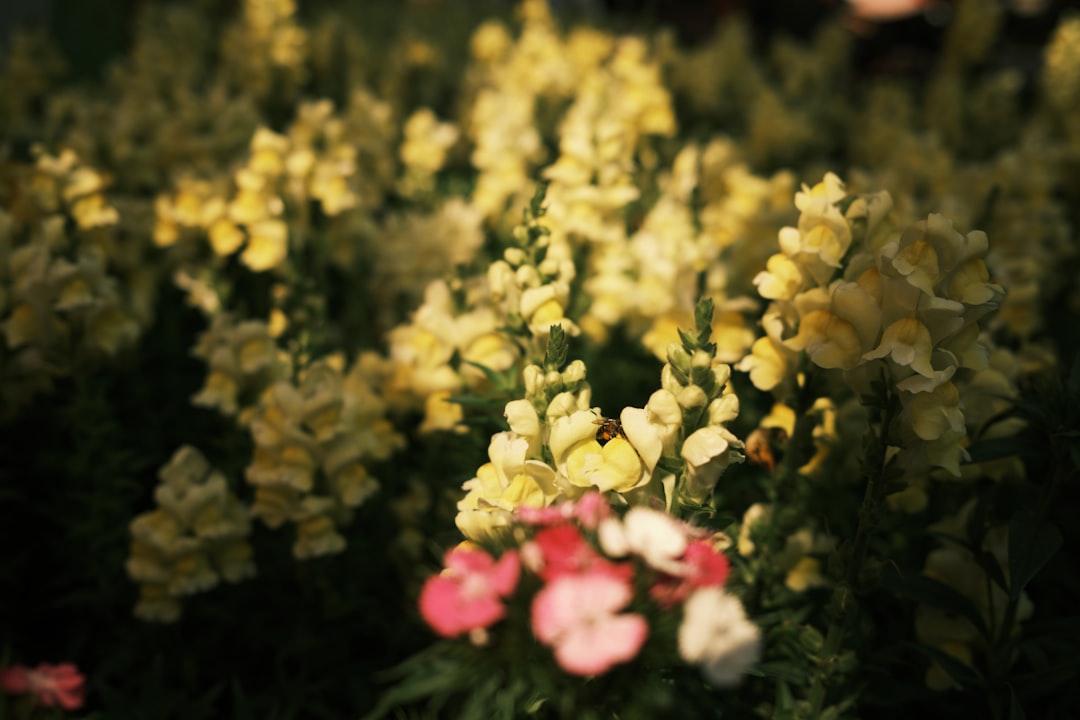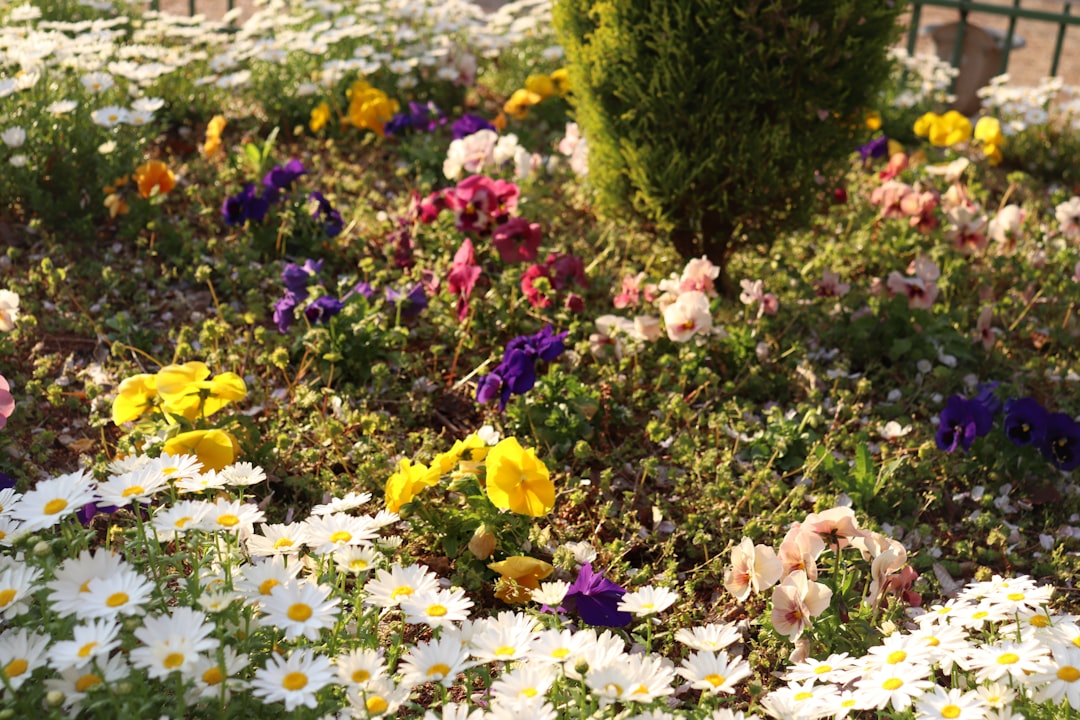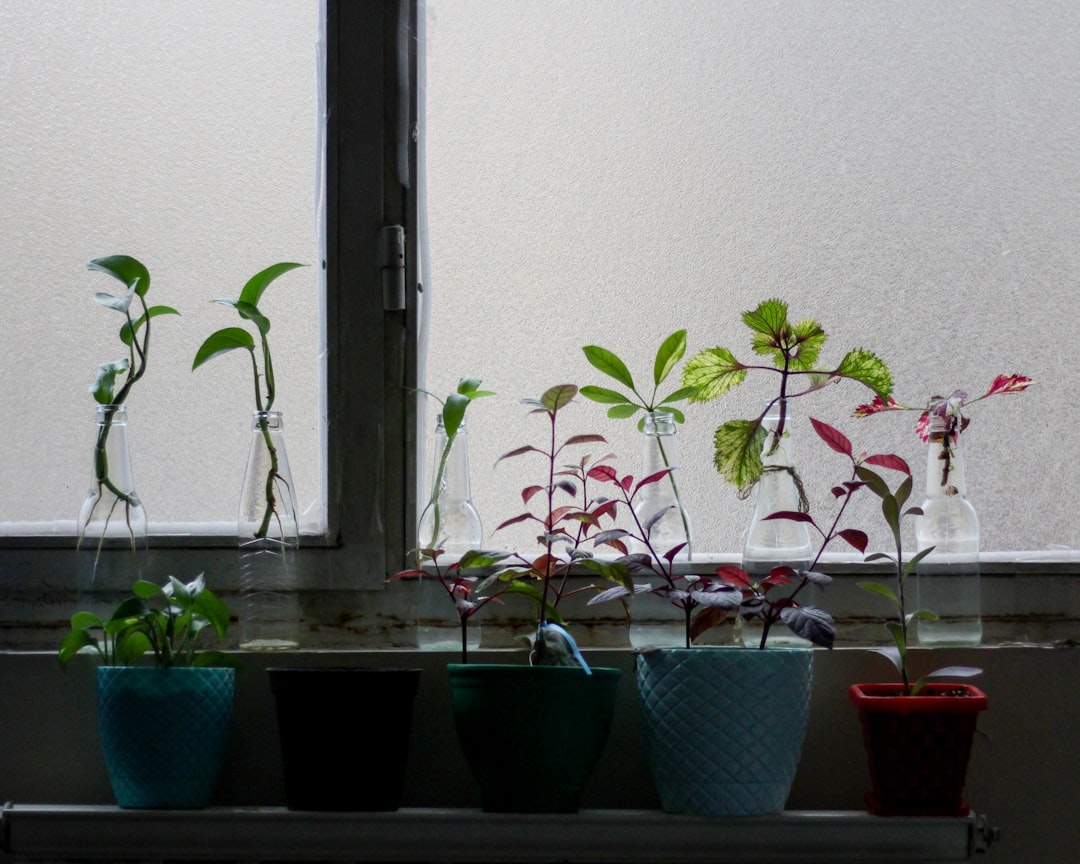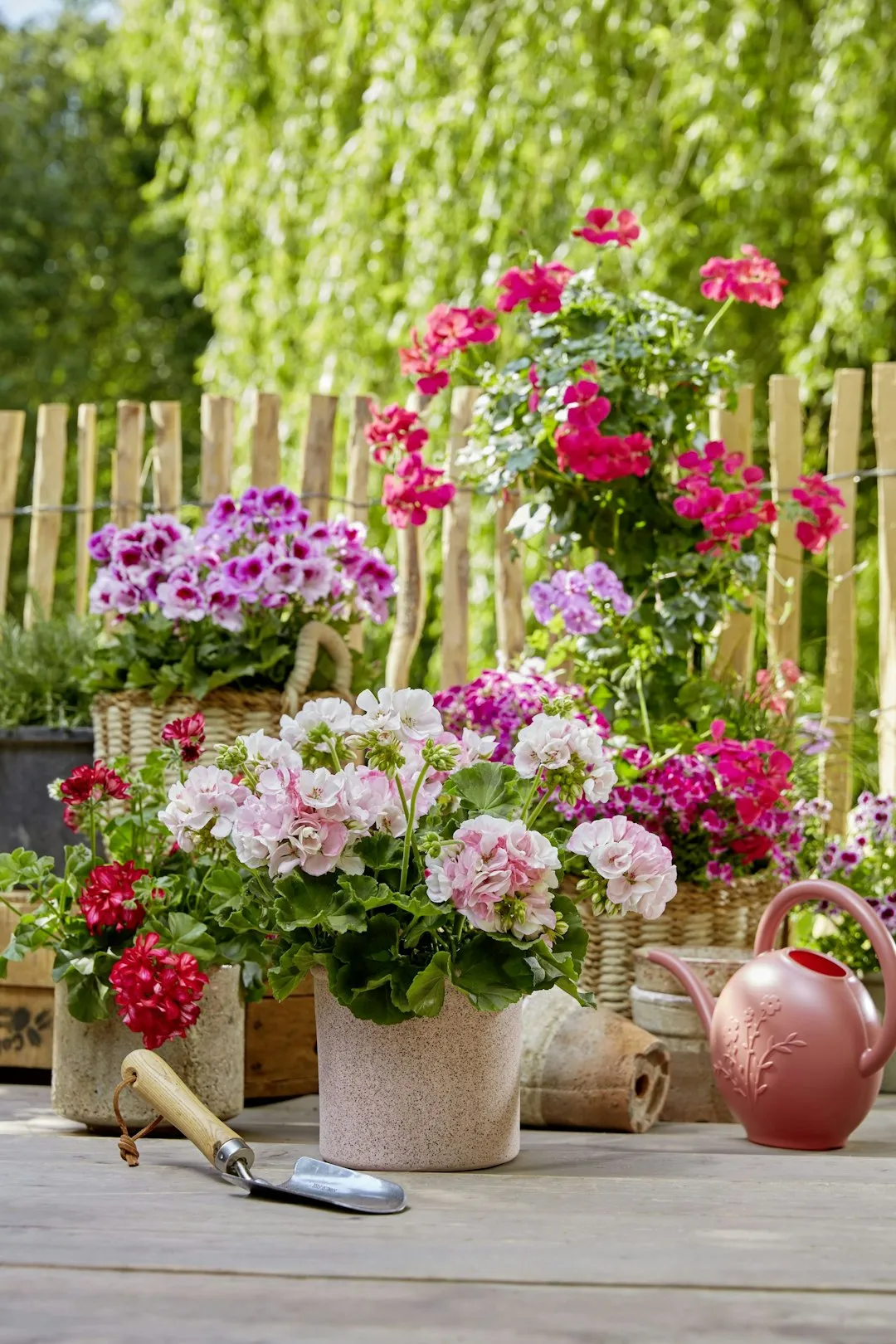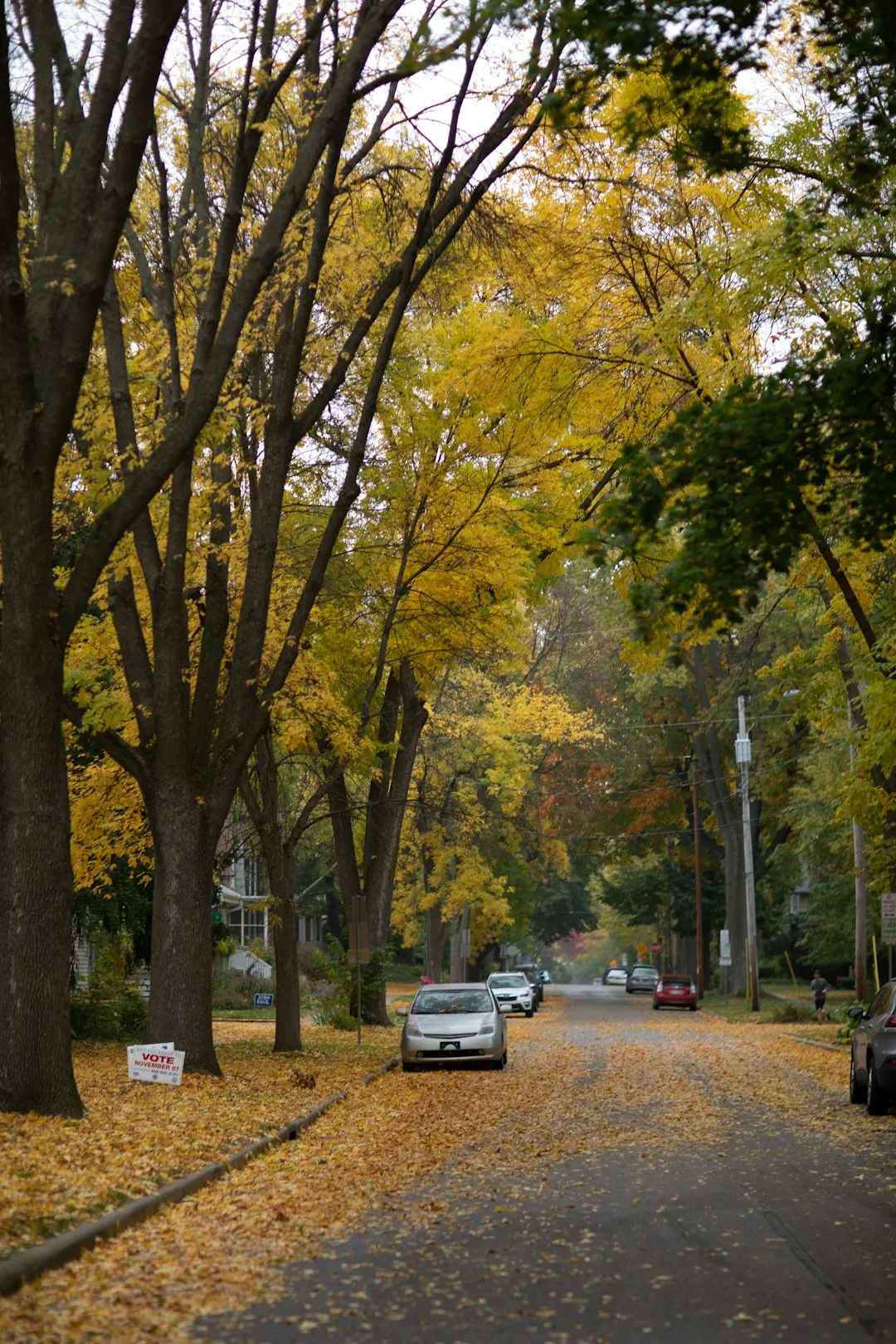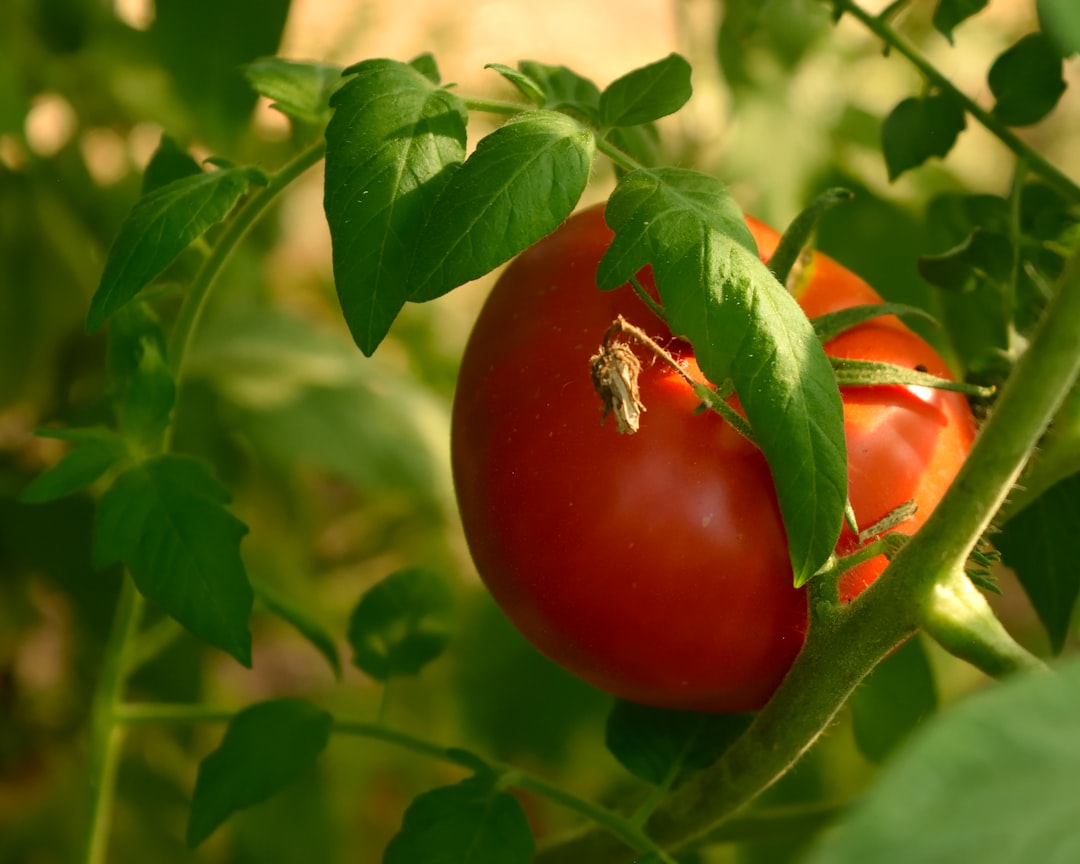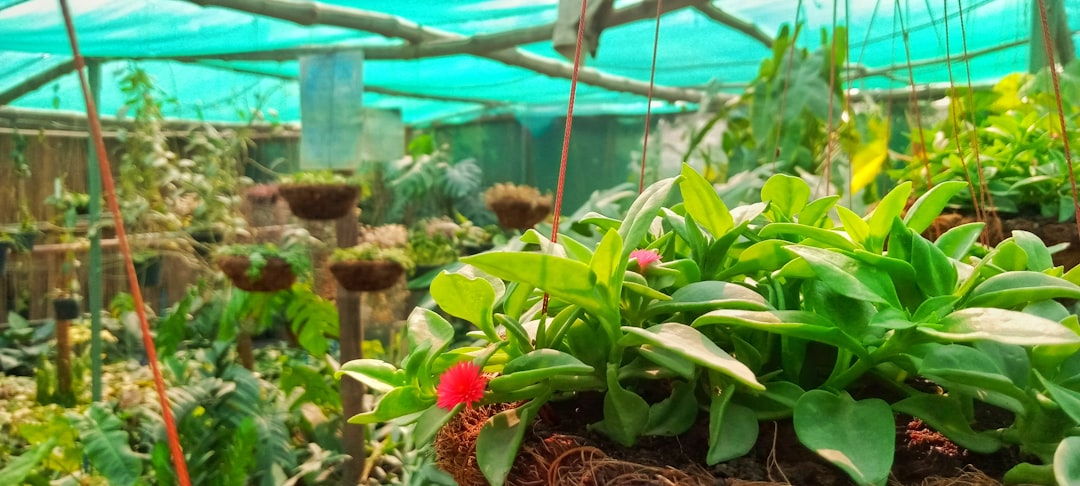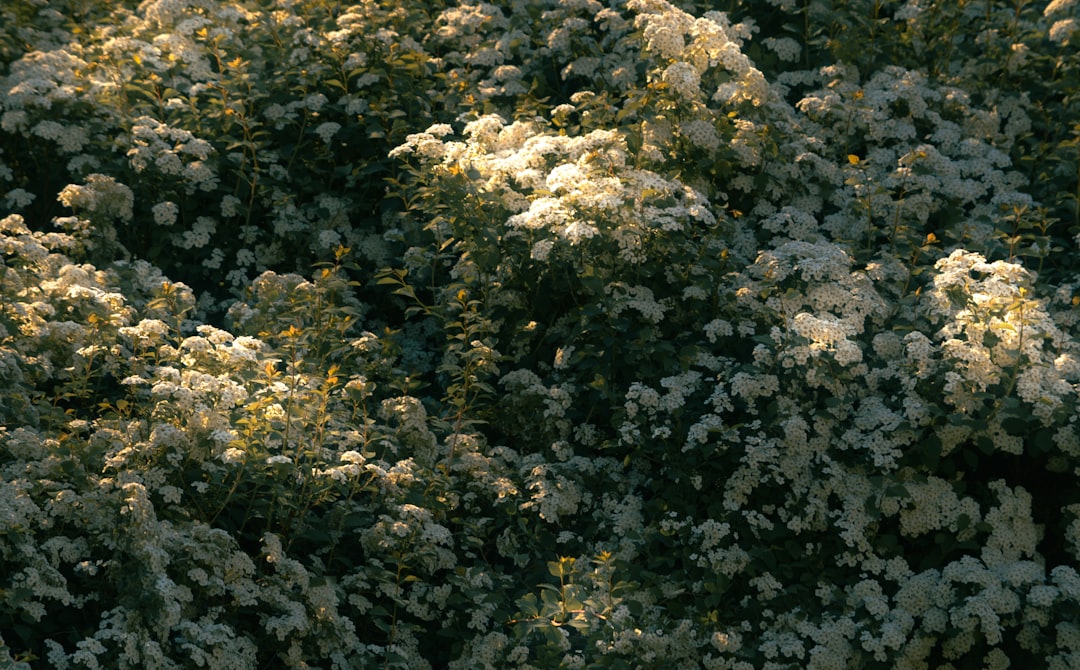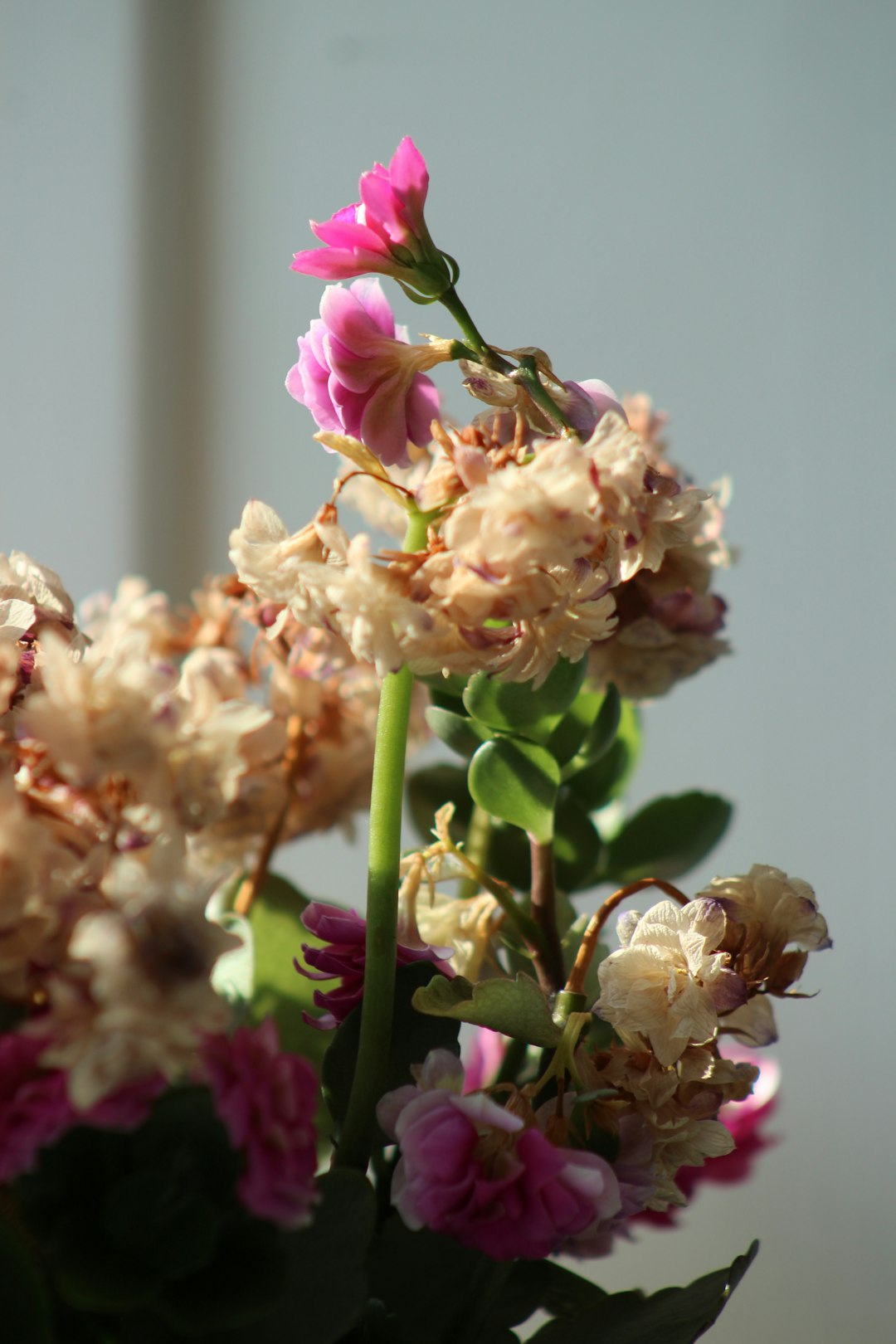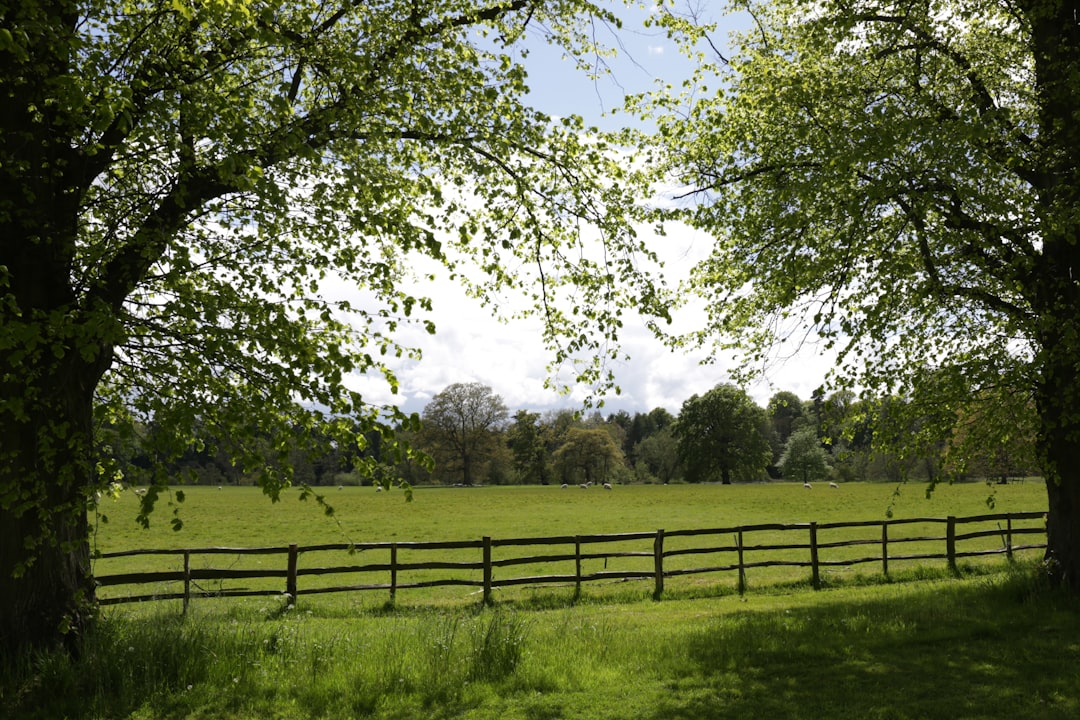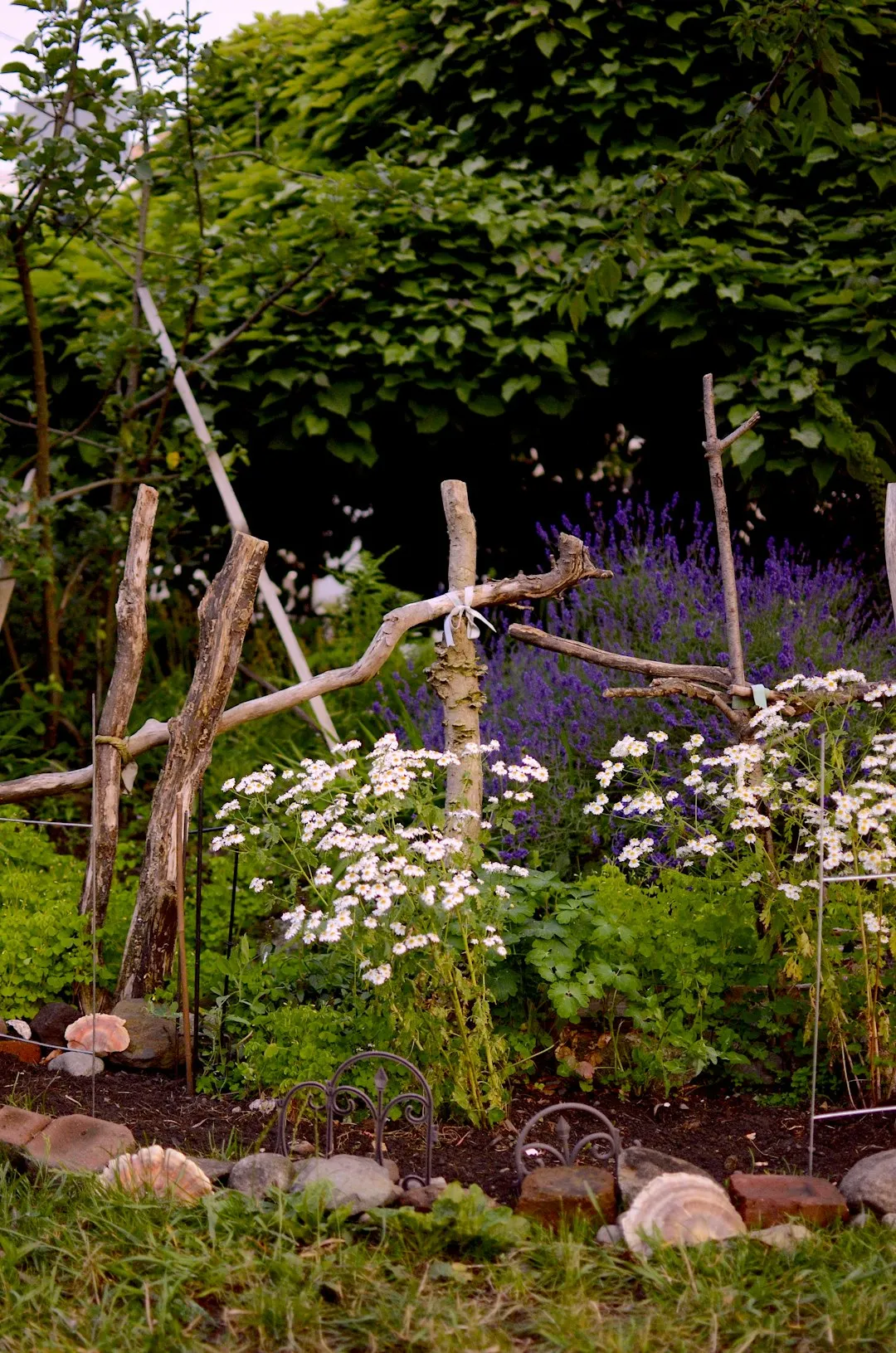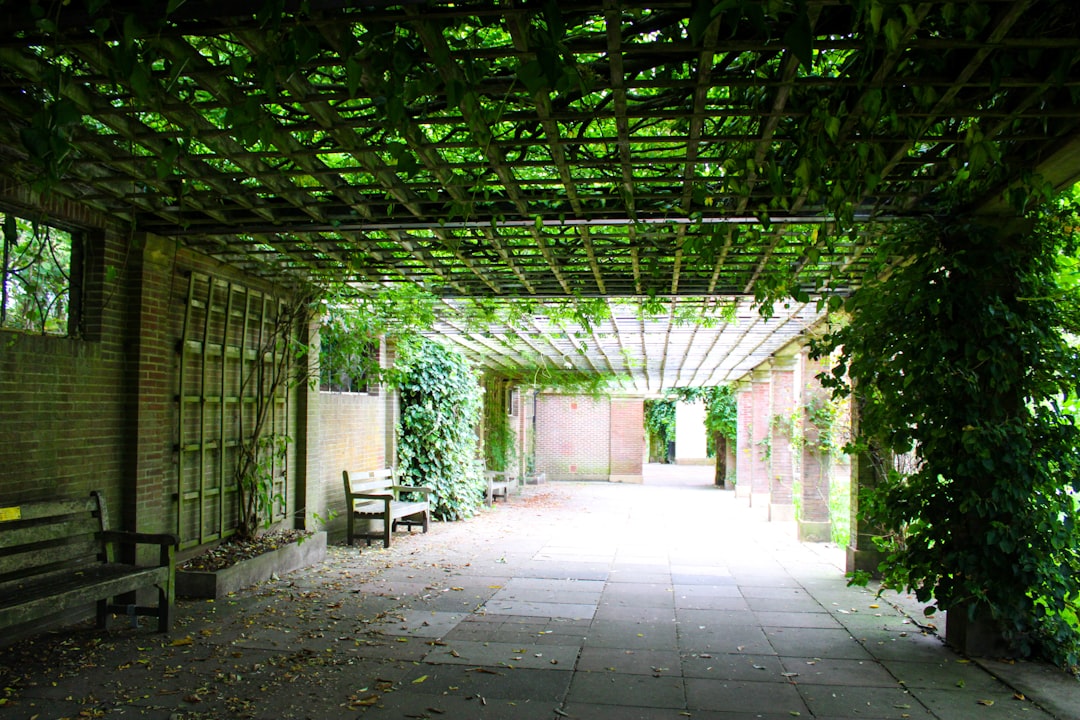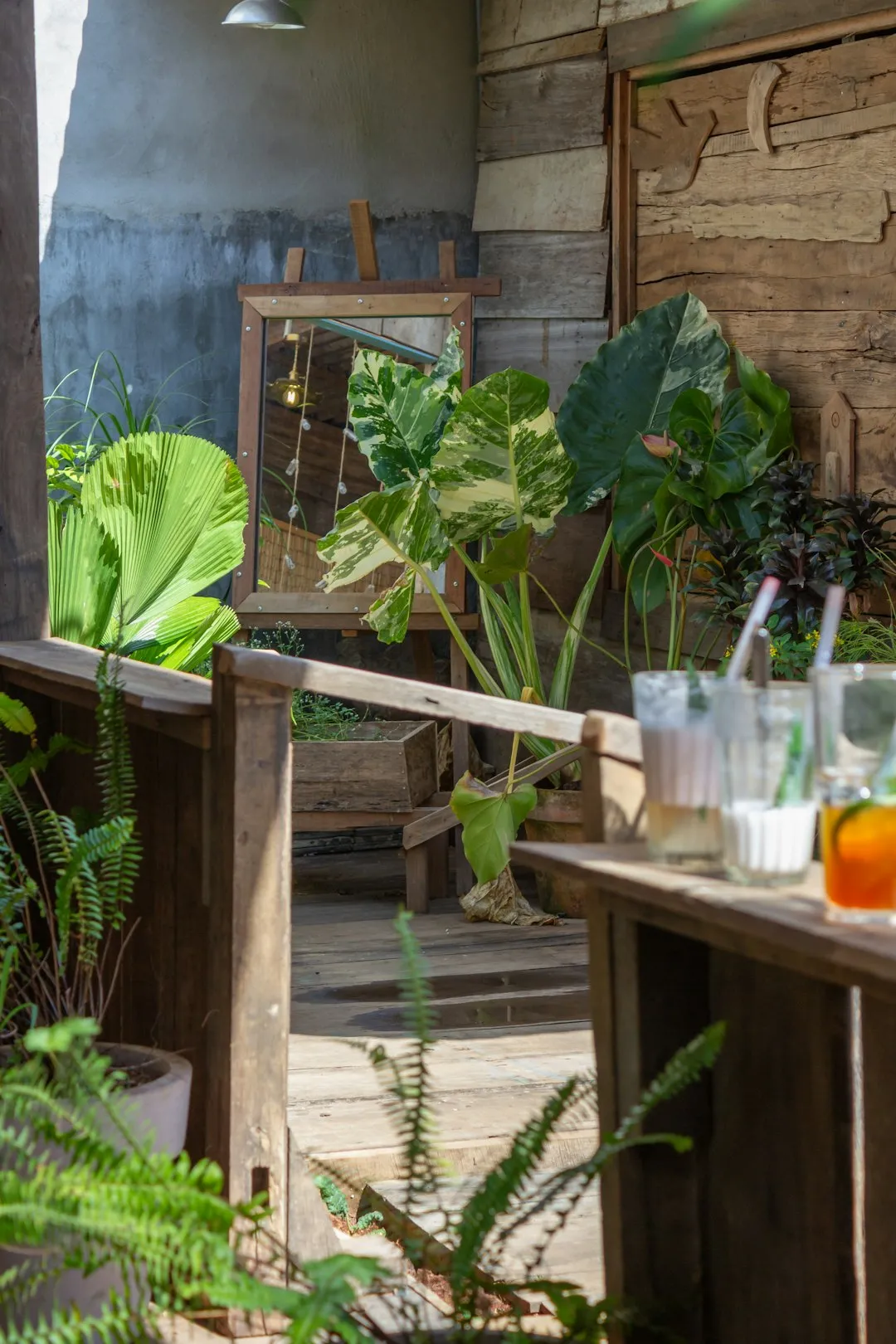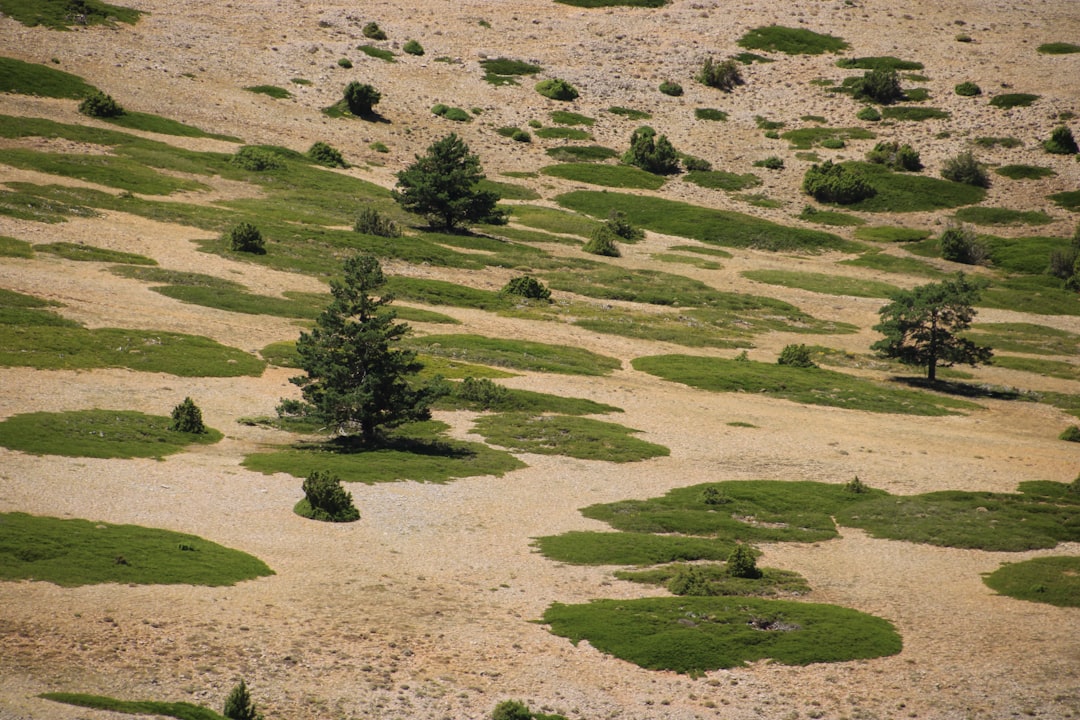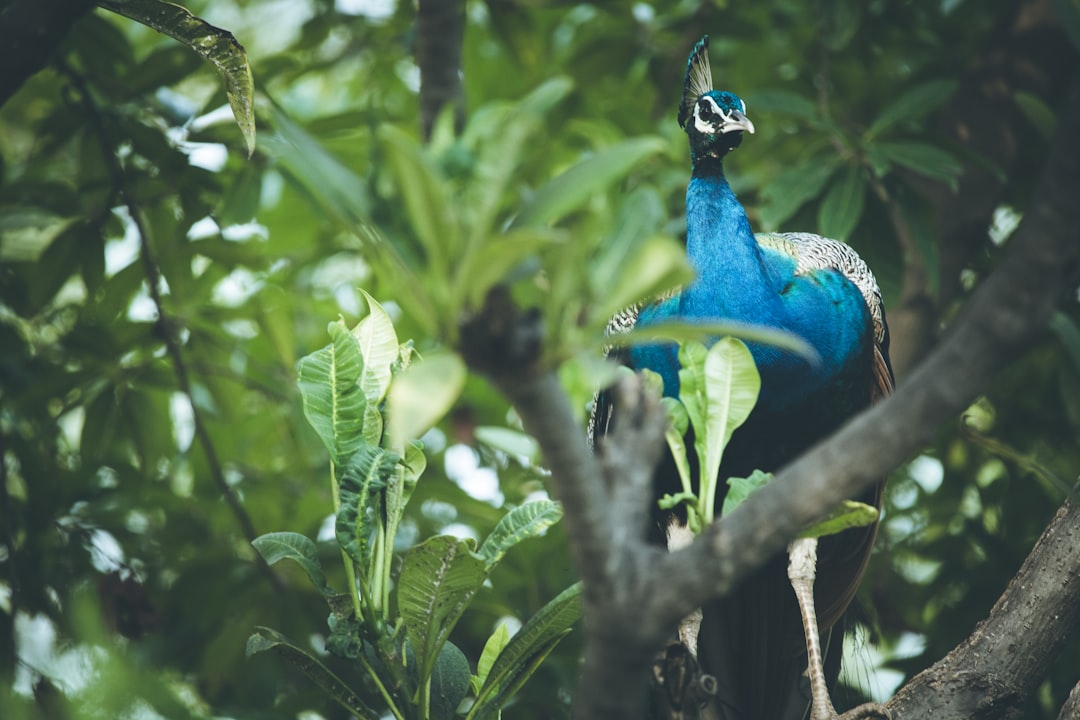
Golden bamboo, a perennial plant, has long been a popular choice for those seeking to create outdoor privacy. Its tall, slender canes and lush foliage can quickly transform an ordinary backyard into a secluded oasis. However, as with any plant, there are important considerations to keep in mind before embarking on a golden bamboo - growing journey.
### Understanding Golden Bamboo
Golden bamboo, scientifically known as Phyllostachys aurea, is a member of the grass family. It is characterized by its bright yellow - green canes that can reach impressive heights, often between 15 to 30 feet. The canes are hollow and have distinct nodes, giving them a unique and attractive appearance. The leaves are long and narrow, adding to the plant's overall elegance.
One of the main reasons why golden bamboo is so sought after is its ability to grow quickly. In just a few seasons, a small planting can turn into a dense screen, providing an effective barrier against prying eyes. This makes it ideal for creating natural fences around properties, separating different areas within a garden, or even masking unsightly structures.
### Preparing for Planting
Before you start planting golden bamboo, it's crucial to choose the right location. Golden bamboo thrives in full sun to partial shade. It prefers well - drained soil that is rich in organic matter. A soil pH between 6.0 and 7.5 is optimal for its growth. You can test your soil using a simple soil testing kit available at most garden centers.
Once you've selected the location, prepare the soil by digging a hole that is twice as wide and just as deep as the root ball of the bamboo plant. Loosen the soil at the bottom and sides of the hole to encourage root growth. Mix in some compost or well - rotted manure to improve the soil's fertility and drainage.
### Planting Golden Bamboo
When planting golden bamboo, carefully remove the plant from its container. Gently tease out the roots to encourage them to spread into the surrounding soil. Place the plant in the center of the hole, making sure it is at the same level as it was in the container. Backfill the hole with soil, tamping it down gently as you go to remove any air pockets.
After planting, water the bamboo thoroughly. A deep watering will help the roots settle in and establish themselves. You may also want to add a layer of mulch around the base of the plant to help retain moisture and suppress weeds. Use organic mulch such as wood chips or shredded bark, and apply it to a depth of 2 - 3 inches.
### Caring for Golden Bamboo
Golden bamboo requires regular watering, especially during the first few months after planting. Keep the soil consistently moist but not waterlogged. Once the plant is established, it can tolerate some drought, but it will still benefit from occasional deep watering during dry spells.
Fertilizing is also important for the healthy growth of golden bamboo. Apply a balanced, slow - release fertilizer in the spring and again in the summer. Follow the instructions on the fertilizer package for the correct application rate. You can also use organic fertilizers such as fish emulsion or seaweed extract for a more natural approach.
Pruning is necessary to maintain the shape and size of the bamboo. Remove any dead, damaged, or diseased canes as soon as you notice them. You can also thin out the canes to improve air circulation and prevent overcrowding. Pruning is best done in the late winter or early spring before new growth begins.
### The Invasive Nature of Golden Bamboo
One of the biggest challenges with golden bamboo is its invasive nature. It spreads through underground rhizomes, which can quickly take over large areas of your garden if not properly contained. The rhizomes can penetrate barriers such as sidewalks, driveways, and even the foundations of buildings.
To prevent the spread of golden bamboo, you can install a rhizome barrier. This is a physical barrier made of plastic or metal that is buried around the perimeter of the planting area. The barrier should be at least 24 inches deep to effectively block the rhizomes. Make sure the barrier extends a few inches above the ground to prevent the rhizomes from growing over it.
Another option is to plant golden bamboo in a large container. This will restrict the growth of the rhizomes and prevent them from spreading into the surrounding soil. Choose a container that is at least 20 inches in diameter and has drainage holes at the bottom. Use a high - quality potting mix and water and fertilize the bamboo as you would for a planted - in - ground specimen.
### Conclusion
Golden bamboo can be a beautiful and practical addition to your garden, providing privacy and a touch of elegance. However, its invasive nature requires careful planning and management. By understanding its growth habits, preparing the right environment, and taking steps to contain its spread, you can enjoy the benefits of golden bamboo without the headaches of dealing with an out - of - control plant. With proper care and attention, your golden bamboo will thrive and become a stunning feature in your outdoor space for years to come.

